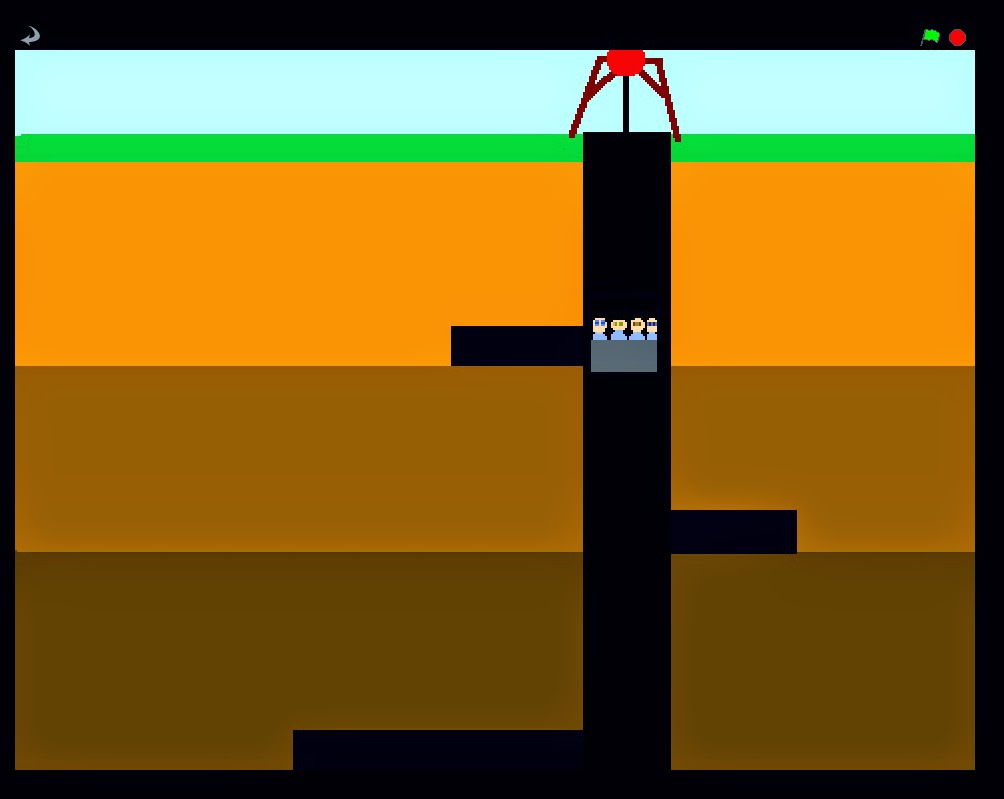Content-wise, I'm going to focus on the Solar System and will try to fit in some aspects of temporal change involving the Earth, Moon and Sun.
Software-wise, Comic Life and PowerPoint provide children with the opportunity to make bold and engaging presentations to show their knowledge and understanding.
Although we're short on space, I will be able to use the Immersive Room and the Magic Planet for the "wow".
I'll also use my iPad and the NASA app Spacecraft 3D. I've been surprised by how few teachers seem to have come across this app. It certainly has the "wow" factor.
While I've been preparing, I've also incorporated some of the latest research into my presentation, just in case one of the children asks about Pluto (below), comets or space junk.
World Space Week is also nearly upon us, as is Hubble's 25th Birthday celebrations. Speaking of Hubble, work on its successor, the James Webb telescope, is progressing well and worth finding out about on the NASA website.
(ESA has a good website for children too)
Finally, although I seem to be the person least interested in alien-life, because of my interest in Lego, I'd like to use my Star Wars planets as stimuli for exoplanets and the possible life on them.


















